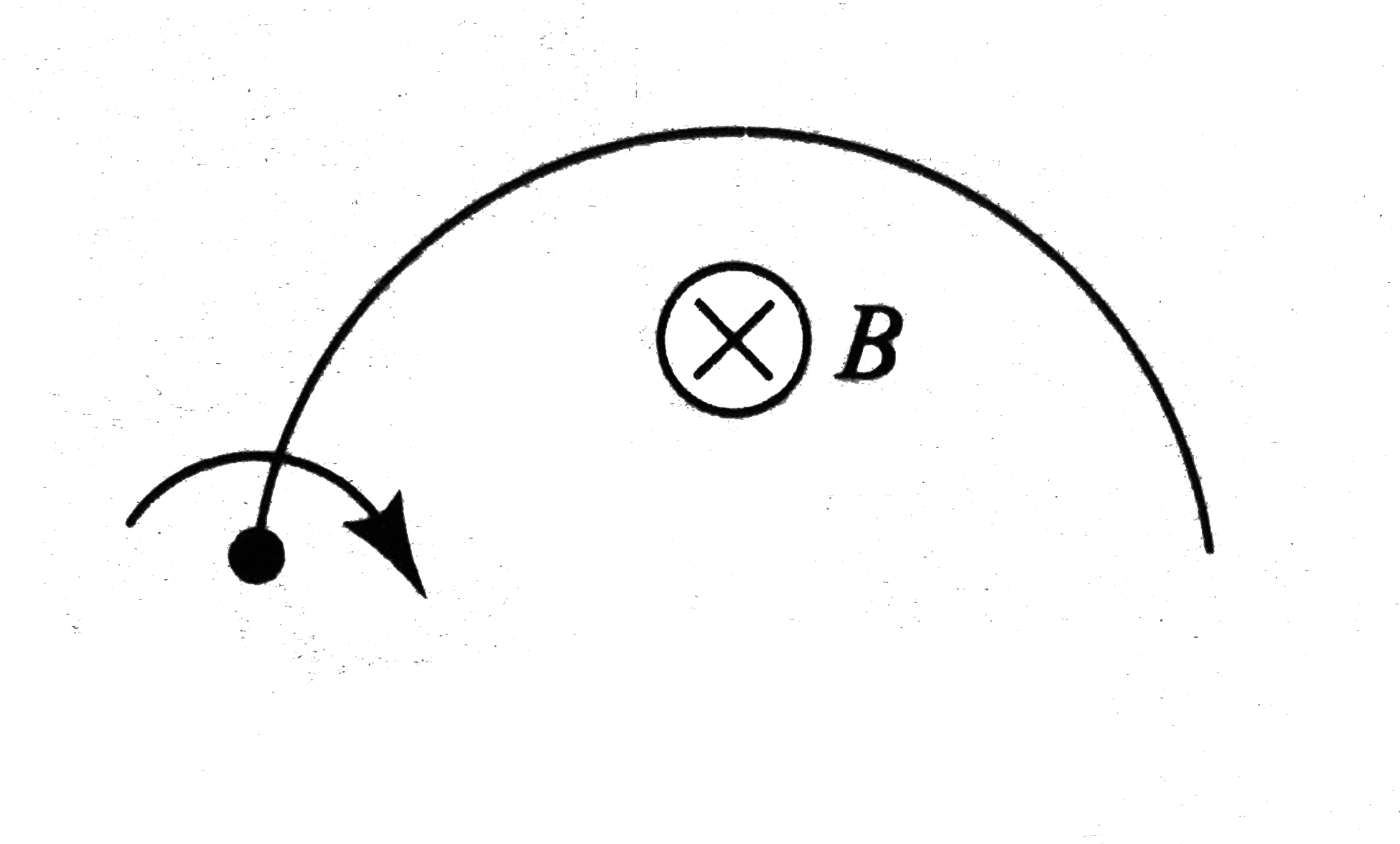An electron revolves along a circular path of radius 20 cm with constant angular velocity 120 rad s−1 about an axis passing through the centre and perpendicular to the plane of the circle. If the external magnetic field is absent, then the potential difference between the centre of the circle is (Mass of the electron =9.1×10−31 kg)
3.691×10−9V
1.738×10−9V
4.278×10−9V
2.347×10−9V
The correct Answer is:B
Step by step video, text & image solution for An electron revolves along a circular path of radius 20 cm with constant angular velocity 120 rad s^(-1) about an axis passing through the centre and perpendicular to the plane of the circle. If the external magnetic field is absent, then the potential difference between the centre of the circle is (Mass of the electron = 9.1 xx 10^(-31) kg) by Physics experts to help you in doubts & scoring excellent marks in Class 12 exams.
Topper's Solved these Questions
- BOOK - TARGET PUBLICATIONCHAPTER - MAGNETIC EFFECT OF ELECTRIC CURRENTEXERCISE - EVALUATION TEST19videos
MAGNETIC EFFECT OF ELECTRIC CURRENT
- BOOK - TARGET PUBLICATIONCHAPTER - MAGNETIC EFFECT OF ELECTRIC CURRENTEXERCISE - CRITICAL THINKING68videos
MAGNETIC EFFECT OF ELECTRIC CURRENT
- BOOK - TARGET PUBLICATIONCHAPTER - KINETIC THEORY OF GASES AND RADIATION EXERCISE - Evaluation test18videos
KINETIC THEORY OF GASES AND RADIATION
- BOOK - TARGET PUBLICATIONCHAPTER - MAGNETISMEXERCISE - EVALUATION TEST14videos
MAGNETISM
Similar Questions
The moment of inertia of a square plate of mass 4kg and side 1m about an axis passing through its centre and perpendicular to its plane is
View SolutionCalculate the moment of inertia of a ring of mass 2 kg and radius 50 cm about an axis passing through its centre and perpendicular to its plane
View Solution
Knowledge Check
- Question 1 - Select One
a semicircle wire of radius R is rotated with constant angular velocity about an axis passing through one end and perpendicular to the plane of wire. There is a uniform magnetic field of strength B. The induced emf between the ends is
 A(a) BωR2/2B(b) 2BωR2C( c) is variableD(d) none of these
A(a) BωR2/2B(b) 2BωR2C( c) is variableD(d) none of these - Question 2 - Select One
A circular disc of mass 2 kg and radius 0.1 m is rotating at an angular speed of 2 rad/s, about an axis passing through its centre and perpendicular to its plane. What is its rotational kinetic energy?
A0.1 JB0.2 JC0.02 JD0.05 J - Question 3 - Select One
A disc of mass 4 kg and radius 0.2 m, makes 20 rev/s, about an axis passing through its centre and perpendicular to the plane of the disc. The angular momentum of the disc is approximately equal to
A10 kg-m2/secB5 kg-m2/secC15 kg-m2/secD20 kg-m2/sec
Show that the radii of gyration of a circular ring and circular disc of the same radius about an axis passing through their centres and perpendicular to their plane are in the ratio √2:1.
View SolutionA vertical disc of diameter 10 cm makes 20 revolutions per second about a horizontal axis passing through its centre. A uniform magnetic field 10−1 T acts perpendicular to the plane of the disc. Calculate the potential difference between its centre and rim in volts.
View SolutionThe moment of inertia of a circular ring of mass 1 kg about an axis passing through its centre and perpendicular to its plane is 4 kg m2. The diameter of the ring is
View SolutionA person is standing on the edge of a circular platform, which is moving with constant angular speed about an axis passing through its centre and perpendicular to the plane of platform. If person is moving along any radius towards axis of rotation then the angular velocity will:
View SolutionA circular disc has a mass of 1kg and radius 40 cm. It is rotating about an axis passing through its centre and perpendicular to its plane with a speed of 10rev/s. The work done in joules in stopping it would be-
View Solution

